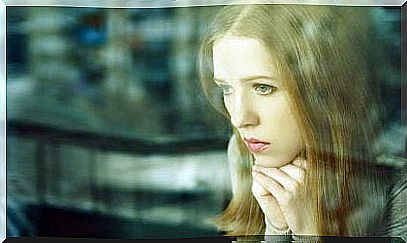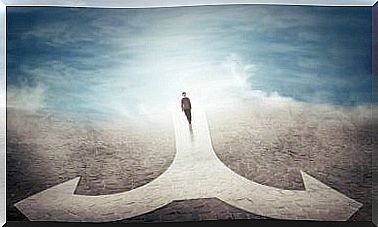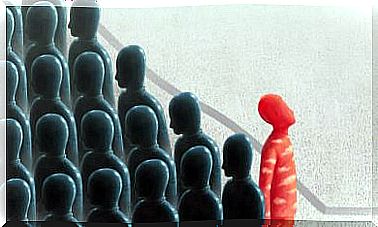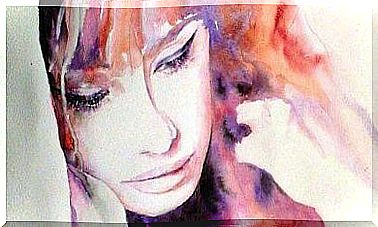How To Create Alternative Futures

The future, by definition, is uncertain. In other words, the future cannot be known. In many cases it is a world of infinite possibilities. These alternative futures, narrated by different sources, can be more or less well founded; that is, they can be based on evidence from the present and the past, or, on the other hand, they can be supported by superstitions.
To believe in one or the other future, we may think that it is best to base ourselves on the evidence of the present. Accordingly, three ways to create alternate futures are explained below. These futures may well serve to create literary stories as well as for strategic analysis. What they have in common is that they are based on the evidence that the present gives us.
Scenario analysis
Creating alternative futures serves to reduce uncertainty and manage risk. Alternative futures determine different ways in which a situation can evolve, which can be used to make decisions or limit risks. They can also be used to know what steps to take to achieve a certain goal.
Be aware that alternative futures scenarios do not predict the future. However, they can limit possible futures. These techniques are used when there is considerable uncertainty about what is going to happen. When the uncertainty is very low or the situation is so chaotic that it is impossible to determine the future, these techniques are not recommended. These techniques are useful to the extent that they force us to think about factors and futures that would not otherwise be taken into account.

Simple scenarios
The simple scenario technique is the simplest. It consists of defining well what is the object to be treated. It can be from the future of the world to that of a continent or a small city. Once we have identified the object, we have to select the forces, factors and / or events that are related to the object. Thus, in the case of the future of a country, the economy or the political system may be decisive. In the same way, a revolution would be a factor that could have a clear influence for the future.
Once we have chosen the object and determined all the factors, we create four future scenarios. One in which everything remains the same, another in which everything is getting worse, one in which everything is getting better and, finally, another alternative that is different from the previous ones.
Next, you have to create a table with the scenarios on the one hand and the factors on the other, and assign each factor positive, negative or neutral values depending on how those factors would be in each of the four scenarios. Finally, after eliminating the factors that have the same valuation in all the scenarios, we can begin to write our futures. To do this, we must take into account the factors and their valuations, they are the ones that will largely determine how the future will be.
Alternative Futures Analysis
The analysis of alternative futures begins the same as in the simple scenarios. The object is defined and the most important forces, factors and / or events are sought. At this point, we must assess the factors to stay only with the two that are considered most important for the future. These two factors will represent two lines that we will draw in the shape of a cross, which will define four quadrants. That is, the four alternative futures.
In this way, the factors will be positive on one side of the line and negative on the opposite. Thus, in one of the quadrants the two factors will be positive, in another negative and in the remaining one it will be negative and the other positive. Consequently, we are going to create our alternative futures depending on how the two chosen factors develop, positively or negatively, taking into account each of the possible combinations.

Generation of multiple scenarios
Finally, generating multiple scenarios is similar to analyzing alternative futures. The difference is that instead of choosing two factors, we select three. In the same way, the factors are grouped two by two, forming a total of twelve different alternative futures.
Although they may seem simple, these strategies are very effective. The greatest difficulty lies in finding which forces, factors or events are the most important. Once selected, you just have to let your imagination run wild to describe a future in which those factors will change. For example, among the series of the moment we find The Man in the High Castle , which places an event as the driving force, the death of former US President Franklin D. Roosevelt. Now it only remains to decide which event will change the future so drastically.









